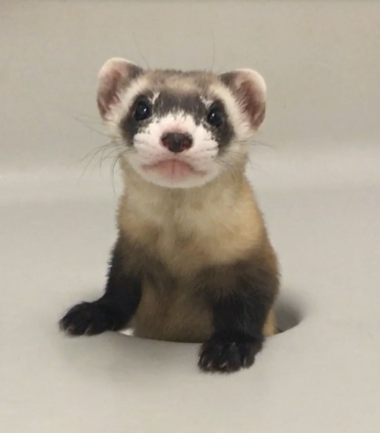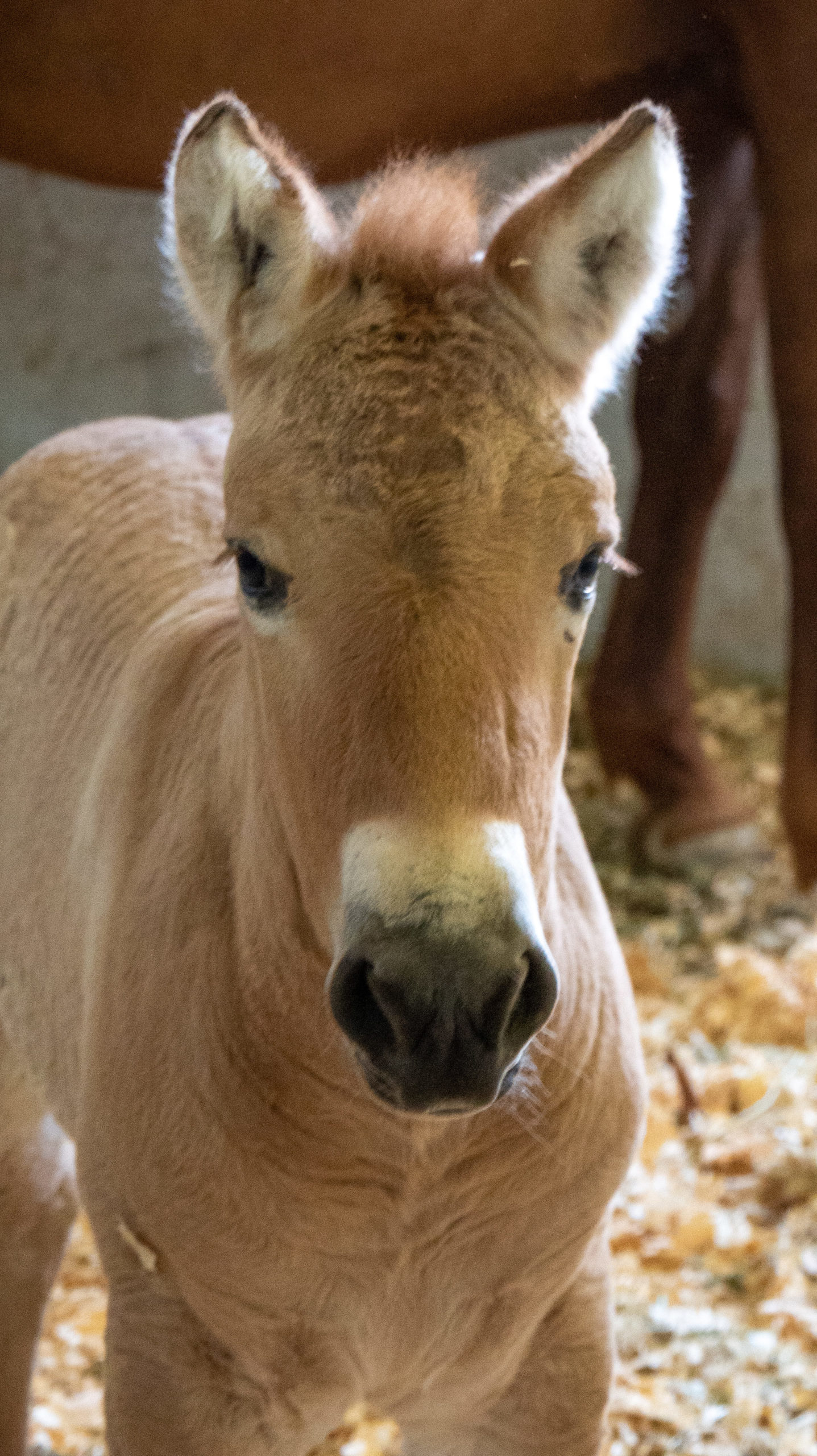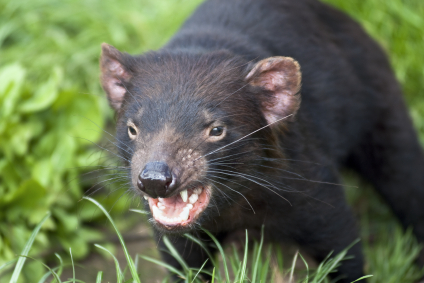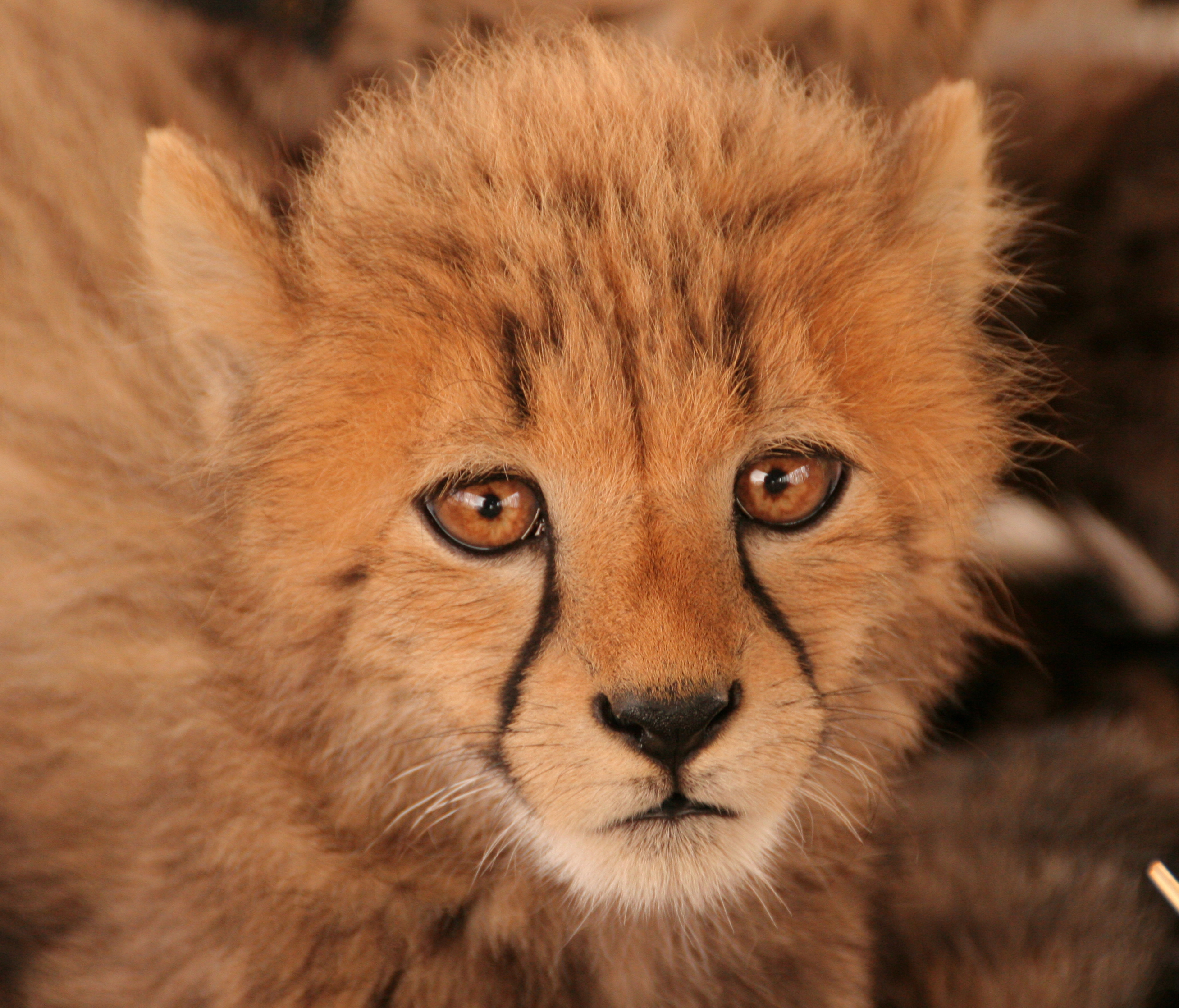On May 21st, 2021 we celebrate National Endangered Species Day. This day helps raise awareness and increase knowledge of endangered species and wildlife, in hopes to save them. We have been lucky enough to collaborate with organizations and partners to help save species that were on the brink of extinction. Take a look at some species that are hoping for a second chance to survive and thrive.
Kit Elizabeth Ann the Black-Footed Ferret

In February 2018, resurrection efforts began for the then endangered black-footed ferret. With the help of the U.S. Fish and Wildlife Service, Revive and Restore, partners ViaGen Pets & Equine, San Diego Zoo Global, and the Association of Zoos and Aquariums, the successful cloning of a black-footed ferret was announced in February 2021. “Elizabeth Ann” was cloned from Willa, a female ferret that died in 1988, using somatic cell nuclear transfer (SCNT). Elizabeth Ann’s genetic variants reveal a lot of much-needed hope for the genetic diversity of wild ferrets. Check out the full story on Elizabeth Ann’s journey here!
Continue reading “Shifting Conservation Status: Endangered Species Get a Second Chance”

 If you are of a certain age, the name “Tasmanian Devil” most likely conjures up an image of a ferocious brown hairy cartoon character that traveled in the center of a tornado of chaos. Sometimes, as in this case, the truth is much less strange than the fiction. The real Tasmanian Devils (Sarcphilus harrisii) are relatively small, somewhat cuddly looking, marsupials found only on the island of… you guessed it, Tasmania. Despite their diminutive size, they are the largest living carnivorous marsupial. Unfortunately, these terrier-sized animals are also in danger of becoming extinct, largely as a result of a deadly, infectious transmissible cancer called Devil Facial Tumor Disease (DFTD).
If you are of a certain age, the name “Tasmanian Devil” most likely conjures up an image of a ferocious brown hairy cartoon character that traveled in the center of a tornado of chaos. Sometimes, as in this case, the truth is much less strange than the fiction. The real Tasmanian Devils (Sarcphilus harrisii) are relatively small, somewhat cuddly looking, marsupials found only on the island of… you guessed it, Tasmania. Despite their diminutive size, they are the largest living carnivorous marsupial. Unfortunately, these terrier-sized animals are also in danger of becoming extinct, largely as a result of a deadly, infectious transmissible cancer called Devil Facial Tumor Disease (DFTD).  The genetics of wild cheetah (Acinonyx jubatus) populations has a special significance for me. In fact, it could be said that the population genetics of cheetahs changed my life. I first learned about the low genetic variability in cheetahs in a darkened lecture hall at Iowa State University in 1988. I was so fascinated by what I learned in those lectures about genetics and its importance in conservation efforts that I eventually changed my major to Genetics. “The Cheetah Papers” as a colleague calls them, were, and perhaps still are, common teaching tools for biology and genetics classes. And why not? The results were amazingly cool, if a bit disturbing. Imagine a population that, through a series of natural events over thousands of years, had become so genetically similar to one another as to be almost clonal.
The genetics of wild cheetah (Acinonyx jubatus) populations has a special significance for me. In fact, it could be said that the population genetics of cheetahs changed my life. I first learned about the low genetic variability in cheetahs in a darkened lecture hall at Iowa State University in 1988. I was so fascinated by what I learned in those lectures about genetics and its importance in conservation efforts that I eventually changed my major to Genetics. “The Cheetah Papers” as a colleague calls them, were, and perhaps still are, common teaching tools for biology and genetics classes. And why not? The results were amazingly cool, if a bit disturbing. Imagine a population that, through a series of natural events over thousands of years, had become so genetically similar to one another as to be almost clonal.